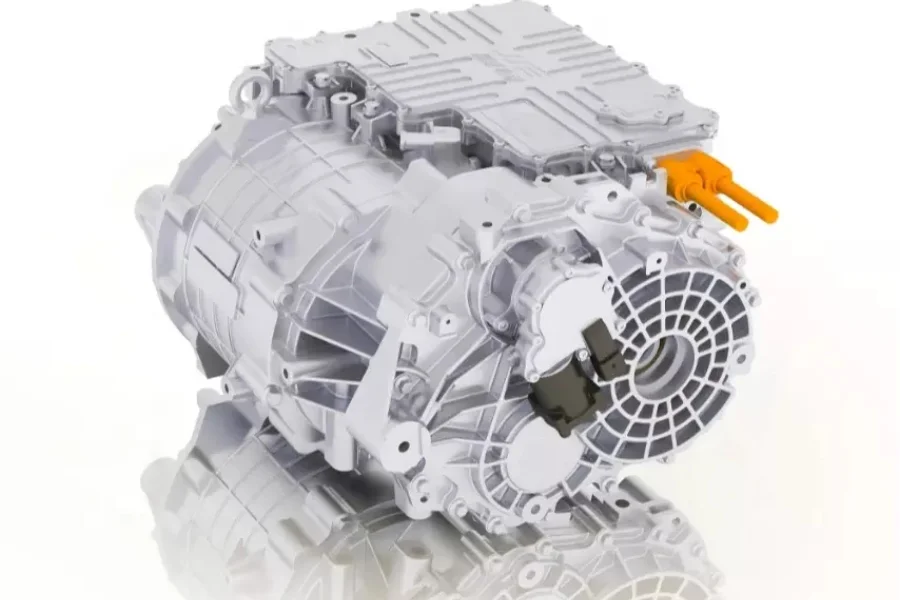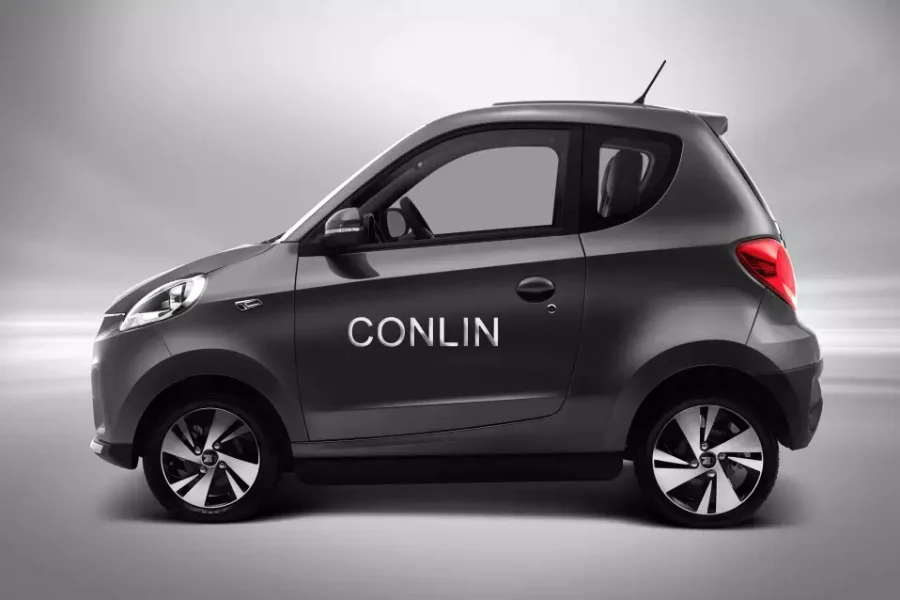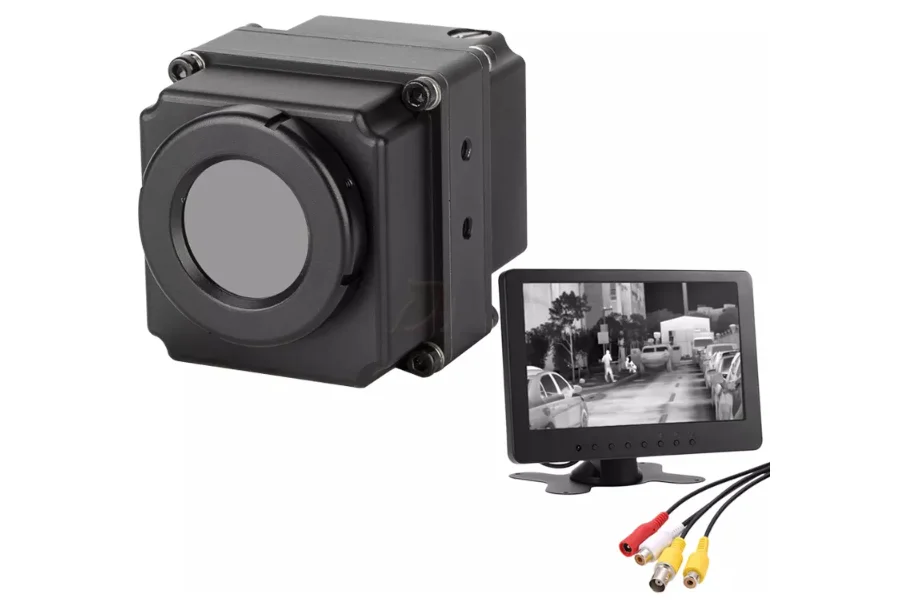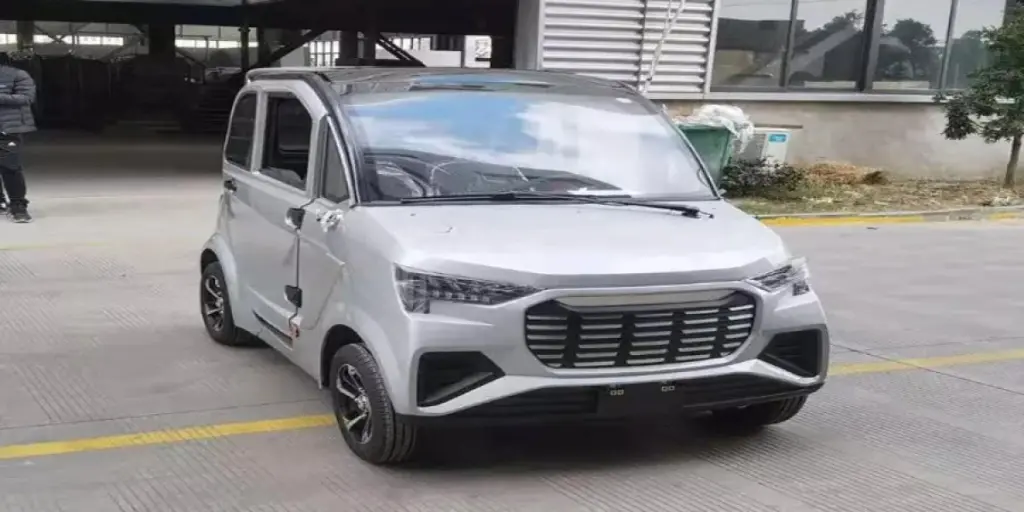The automotive industry continues to experience myriad changes over time. Although many earlier automotive models were primarily focused on speed and style, the 21st-century models are more individualized for users, have fuel efficiency, and have greater safety precautions.
Through advanced technology, vehicles are no longer a form of transportation but a computer on wheels, personalized to meet unique and costly consumer demands.
Autonomous vehicles and electric cars, among other tech trends, are setting the scene for a new era in the automotive industry. This article explores the machine tool tech trends that manufacturers and suppliers should put at the heart of their business models. Let’s dive in.
Table of Contents
Overview of the global automotive market
Top 5 machine tool technology trends in the automotive industry
Conclusion
Overview of the global automotive market
The global automotive market size was US $29.2 billion in 2021 and its revenue forecast by 2030 is US $ 41.66 billion, at a compound annual growth rate (CAGR) of 4.03%. Rising demand for low-emission ICE vehicles and electrically operated vehicles have emerged as major factors boosting the demand for automobiles.
Other factors leading to the growth of the automotive market are increasing consumer preferences for safety and comfort features and the global recovery from the pandemic.
North America is the leading consumer of automobiles due to the increasing demand for high-end vehicles. Most consumers are willing to spend their income on vehicles with advanced features.
Asia-Pacific is expected to be the fastest-growing market for automobiles, owing to factors, including a budding market stage, government support, low-cost benefits for OEMs, low production costs of automobiles, and low automobile market penetration.
Top 5 machine tool technology trends in the automotive industry
1. Engine electrification

In engine electrification, several parts of the traditional internal combustion engine are transformed into an electric engine, through a process called hybridization. These parts include the fuel system, internal combustion engine, exhaust system, transmission, and ignition system, among others. Through hybridization, manufacturers are now producing fuel-efficient engines by incorporating electric power into traditional internal combustion engines.
One example is the hybrid electric vehicle (HEV), which combines a traditional internal combustion engine with an electric motor and a battery. Another example is the plug-in hybrid electric vehicle (PHEV), which can be charged using an external power source and can drive for longer distances using electricity before switching to an internal combustion engine.
Another option is the all-electric vehicle (EV), which uses only an electric motor and a battery and does not have a traditional internal combustion engine. All these options can help to reduce fuel consumption and emissions, making them more environmentally friendly and cost-effective for consumers.
2. Autonomous vehicles

Autonomous vehicles, also known as self-driving cars, are vehicles capable of navigating and driving themselves without human intervention. Automobile manufacturers such as Tesla, General Motors, Google, Toyota, BMW, and Audi are working towards producing self-driving vehicles for use in functions such as ride-hailing, delivery services, and personal transportation.
Manufacturers are integrating artificial intelligence (AI) algorithms and hyperspeed teleoperations to make autonomous vehicles a reality. With AI algorithms, the vehicle can understand its surroundings and make decisions based on information from its sensors and cameras. On the other hand, hyperspeed teleoperations allow a human operator to remotely control an autonomous vehicle in real time, using high-speed communication and data transfer technologies.
Manufacturers are using hyperspeed teleoperations to safely test and refine their autonomous vehicles in a controlled environment while allowing for the possibility of human intervention if necessary. By combining these technologies, they can create vehicles that can navigate complex environments and make decisions on their own, while also providing a level of oversight and control.
3. Vehicle connectivity

Digital identity is an important aspect of vehicle connectivity, as it provides a secure and unique way to identify and authenticate vehicles and their components. Digital identity is used to enable a variety of applications and services, such as preventing unauthorized access or tampering.
This is achieved through the use of encrypted data, secure authentication protocols, and other security measures. A tamper-proof digital identity is used to track and manage a variety of aspects related to insurance, safety, and fleet management.
Examples of vehicle connectivity solutions include the following:
Vehicle-to-Vehicle communications: V2V communications allow vehicles to communicate with each other and exchange information in real-time, using dedicated short-range communications (DSRC) technology. Examples of information that is passed through V2V communications include:
- Vehicle location
- Vehicle speed
- Vehicle status on fuel level, tire pressure, and other systems
- Traffic information
Vehicle-to-Pedestrians alerts: V2P alerts allow vehicles to communicate with pedestrians in situations where it may be difficult for pedestrians to see or hear the vehicle. Examples of V2P communications include:
- Audible warnings such as loud alarms
- Visual warnings like flashlights
- Vibration alerts
- Vehicle-mounted cameras
- Pedestrian-mounted devices like bracelets or pendants
- Smartphone applications
Vehicle-to-Device communications: V2D communications refer to communication between a vehicle and an external device or system such as a traffic management system or a smartphone.
4. Automotive axles and differential components

Axles and differential components are mechanical components that are used to transfer torque and power from the engine to the wheels of a vehicle. Their function is to allow the wheels to rotate at different speeds, which is important for turning and maneuvering.
3D printing is enhancing the performance of axles and differential components by allowing for rapid prototyping and testing of new designs, enabling the customization of components based on specific needs, and improving quality control through accurate measurement and inspection.
For example, 3D printing technology is used to produce lightweight, high-strength axles, and differential components that improve fuel efficiency and handling. 3D printing is also used to customize these components based on the specific needs and requirements of the vehicle and the application.
5. Transmission and drive components
Transmission and drive components are essential for the effective functioning of automobiles. The transmission system is responsible for transferring power from the engine to the wheels, while the drive components transmit this power to the wheels and allow the vehicle to move. Both the transmission system and drive components are designed to optimize the performance and efficiency of the vehicle.
In recent years, advancements in technology have led to the development of more advanced transmission and drive components that enhance the effectiveness of automobiles. For example, the use of continuously variable transmissions (CVTs) allows for a more efficient transfer of power, resulting in improved fuel efficiency.
Hybrid drive systems, which combine a traditional internal combustion engine with an electric motor, also improve fuel efficiency and reduce emissions. All-wheel drive systems, which distribute power to all four wheels of the vehicle, improve traction and handling, particularly in adverse weather conditions.
The use of these and other advanced transmission and drive components significantly improves the performance and effectiveness of automobiles.
Conclusion
The use of advanced machine tool technology is a key trend in the automotive industry, as it allows for improved efficiency, precision, and versatility in manufacturing processes.
The adoption of the above technologies will help businesses in the automotive industry increase productivity, reduce costs, and expand the range of products and services they can offer.
By staying up to date with these trends and implementing the appropriate technology in your business operations, you can gain a competitive edge and boost your business.




